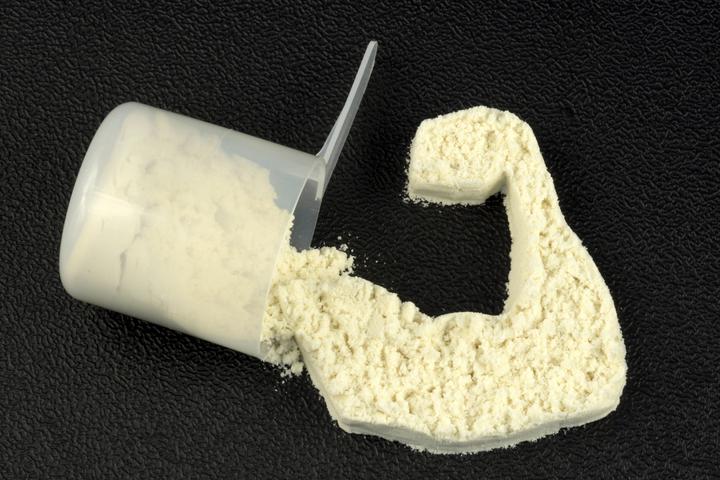Serum proteins or whey proteins remain soluble after adding rennet, or when the pH of milk is lowered to 4.6. They are found in whey hence their names: Soluble, serum, or whey proteins. They include β-lactoglobulin, α-lactalbumin, albumin serum and immunoglobulins. The β-lactoglobulin is quantitatively the most important serum protein.
The proteins exist in small quantities in the serum. In fact, they represent only about 13% of the dry matter of the serum. The extraction of these proteins is of great interest because they possess a high nutritional value, which is particularly appreciated in the dietary field. In addition, they possess excellent functional properties, which have a large number of specific roles in the texture of food preparation.
WPC, also referred to as Whey Protein Concentrates are concentrates of whey with a whey protein content of 15% to 80%. They are ingredients derived from whey. They are made from de-salted and lactose-free whey, to varying degrees. WPC are generally produced by using whey ultra-filtration, and protein concentration can be increased by the use of diafiltration. Drying is usually done by spray (spray drying).
They are used as ingredients for the manufacturing of reconstituted milk products, diet foods or sports drinks, infant foods, and more.
WPC appeared in the 1970s thanks to the use of membrane techniques, ultrafiltration in particular. Today, milk cracking is pushed to its limit with the possibility to isolate specific protein subgroups from which specific functional properties are desired. It is possible to distinguish:
- WPC 35: these are used as a substitute for skimmed milk powder and as a stabilizer and fat imitator in yoghurt, diet foods, infant foods and pastries. The hydrophilic quality and the gelling properties of WPC are specifically useful in secondary processed products.
- WPC with high protein content (>50%): these are particularly suitable for nutrition and protein drinks (sports nutrition), diet foods, soups, baked goods, and products with low fat content.
If a higher protein concentration and a lower concentration of lactose is desired, WPI are preferable to WPC.
Whey proteins have both excellent functional properties and high nutritional value: the composition of essential amino acids meets all the requirements of human nutrition for which they are therefore considered an ideal protein. The concentration of whey proteins by ultrafiltration is a common practice in the dairy industry.
In addition to their nutritional quality, whey protein concentrates exhibit technological properties of great interest:
- Solubility in the range of pH 1 to 8: they can be used in beverages at low pH levels without causing settling, they are also used in pastries and biscuit-making.
- Water retention capacity: they are used in the meat curing, meat packing, and baking industries.
- Gelling capacity and flavour trapping under the action of heat treatment: they can replace egg whites for the meat and ready-to-eat meal industries.
- Substitute for skimmed milk powder: in this case, they are used for dairy and yoghurt.
Whey protein concentrates are used in various applications because of their many functional properties, which are most associated with whey proteins.
- Hydrophilic agent/water retention capacity: reduction of formulation costs
Applications: sausages, bread
- Foaming and whipping ability: stable film
Applications: dietary products, desserts (muslins, whipped cream toppings, etc.)
- Emulsifying capacity: proteins stabilize fat emulsions
Applications: sausages, soups, ice cream
Applications: confectionery, soups and sauces
- Browning: proteins react with lactose and other sugars and contribute to the color of the products when heated (Maillard Reaction).
Applications: Baked goods
When a higher protein concentration and a lower concentration of lactose are wanted, it’s preferable to use WPI.
WPI, or Whey Protein Isolates, are products with a protein content of 85%. They are obtained by concentration and purification of the WPC. They are derived from whey.
Whey protein isolates are pure proteins, offering many advantages:
- Low lactose content (content <1%)
- Low lipid rates
- Low residual sodium content
WPI are used particularly in manufacturing reconstituted dairy products, dietary products, baby food and sports drinks. These products are easily digested and help the body recover after exercise (especially for the formation of muscles). They also contribute to the proper growth and optimal development of young children due to their high amino acids content.
